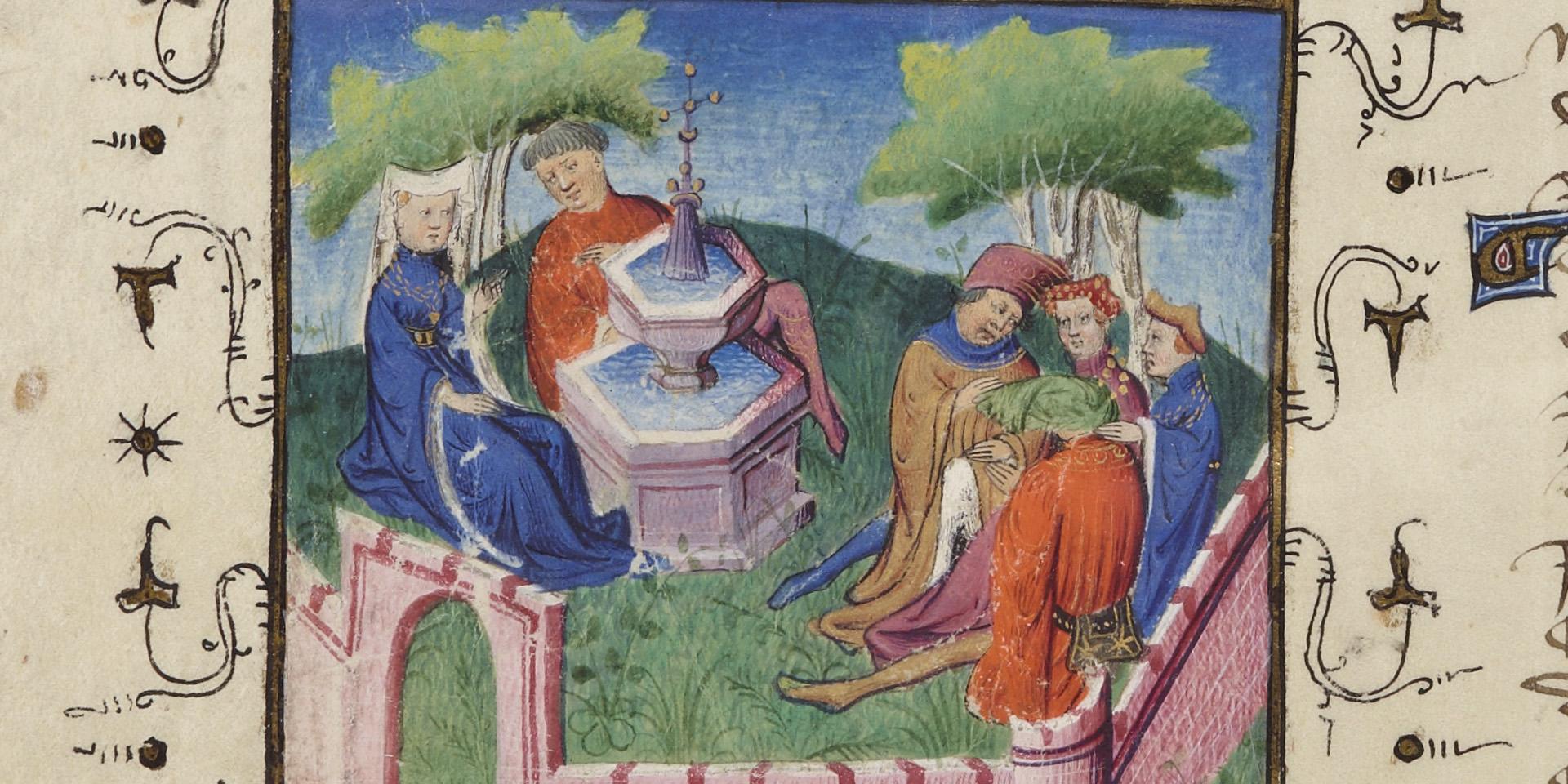Jardin en vers et en prose - in english
« Ce fut Dieu qui le premier planta un jardin. Et de toutes les douceurs de la vie humaine, nulle n’est aussi pure que celle que nous y trouvons ».
Francis Bacon, Of gardens
In the same years, the philosopher Francis Bacon (1561-1626), in his essay Of gardens, published in 1625 in a collection inspired by Montaigne, looked at the most remarkable examples of gardens in the England of his time. Aesthetic and architectural considerations go hand in hand with an in-depth knowledge of botany and many personal views. In this respect, the work stands out from horticultural literature, which is still very faithful to the ancient heritage and its poetics.
The Sienese physician Pietro Andrea Mattioli (1501-1578), himself a poet, described in verse the wonders of the castle and gardens of the prince-bishops of Trento at Buonconsiglio. As early as 1544, when the first botanical gardens were being created in Pisa and Padua, the publication in Latin of his Commentaries on the First Five Books of the Greek physician Dioscorides (1st century AD), a scholarly work devoted to flora, enjoyed international renown. Abundantly illustrated, the various editions and adaptations of this book also provide a valuable overview of the history of gardens in the 16th century. Around 1600,this development mobilised the activities of true specialists, such as the gentleman Jacques Boyceau de la Barauderie (circa 1560-1635), who was master builder of the Luxembourg Gardens in Paris for Marie de Médicis, and then Intendant of the King's Gardens at the beginning of the reign of Louis XIII. His masterly treatise (from 1610 or 1620) invokes "the reasons of nature and art", but remains close to the lessons of ancient architecture. Other authors, such as Charles Estienne (1504-1564) and Antoine Milzaud (1510-1578), focused on research into agronomy, which in turn was closely linked to ancient sources in prose (Pliny the Elder) or verse (Virgil).

